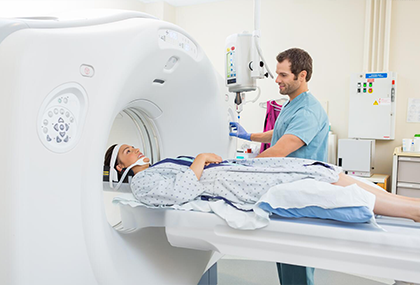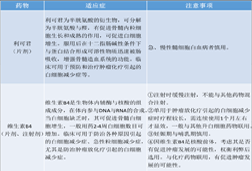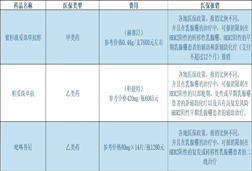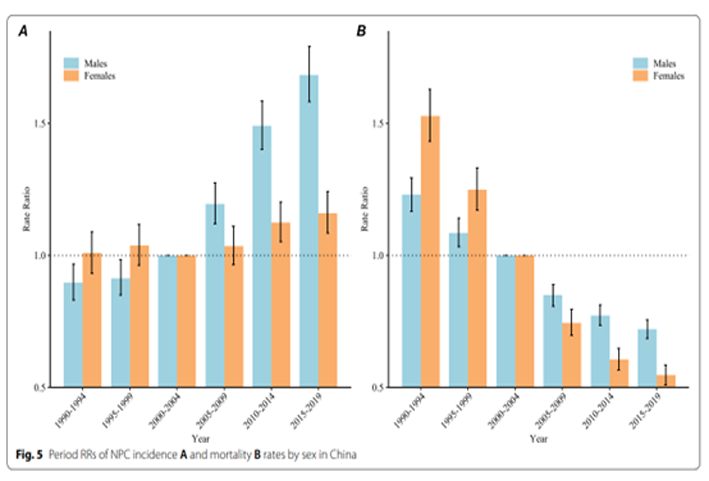Lymphoma, also known as malignant lymphoma, is a malignant tumor formed by the malignant proliferation of human lymphocytes at different stages of development and differentiation. It can be divided into Hodgkin's lymphoma (HL) and non Hodgkin's lymphoma (NHL) according to the characteristics of histocytology.
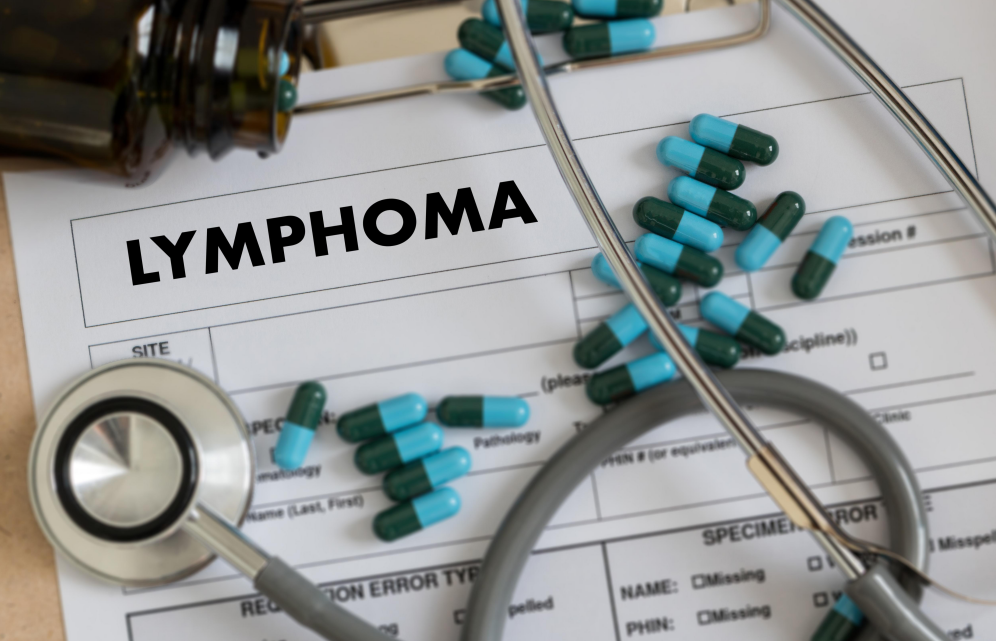
Pathogenesis of lymphoma
According to globalcan 2012 data, the standardized incidence rate of lymphoma in the world population is 5.1/100000, and the incidence rate of lymphoma in China's tumor registration areas is 6.68/100000. In the past 20 years, the incidence rate and mortality of lymphoma in China have increased to varying degrees. Lymphoma incidence rate has gender, region and age differences. The overall incidence rate trend is higher in men than in women, and higher in cities than in rural areas. In fact, the distribution map of lymphoma in the world is strikingly similar to the distribution map of per capita GDP in the world.
External environmental factors that increase the risk of Hodgkin's lymphoma include appendectomy, tonsillectomy, eczema and smoking.
In addition, EB virus infection is also considered to be related to the onset of Hodgkin's lymphoma. In some series of studies, the history of infectious mononucleosis in youth is a risk factor for classical Hodgkin's lymphoma with EB virus positive, and the median time of onset is about 2.9 years after infectious mononucleosis.
Related factors of increased risk
1. Previous or family history of lymphoma.
2. Congenital or acquired immune defects, such as organ or hematopoietic stem cell transplantation, AIDS, etc., such as liver and spleen T-cell lymphoma, are found in young male patients with a history of solid organ transplantation or other immune deficiency diseases.
3. Environmental exposure: herbicides, pesticides, sawdust, organic solvents; Appendectomy, tonsillectomy, eczema, smoking, chronic infection, etc.
For example, empyema associated lymphoma is most believed to develop from chronic tuberculous empyema during the treatment of pulmonary tuberculosis with artificial pneumothorax or the formation of tuberculous pleurisy, and is closely related to EB virus.
In addition, mucosa associated lymphoid tissue marginal lymphoma is also considered to be associated with chronic immunostimulatory infections. The incidence rate of mucosa associated lymphoid tissue lymphoma in China is significantly higher than that in western countries, accounting for 11.6% of all lymphomas, which may be related to the high infection rate of Helicobacter pylori in China. The long-term chronic antigen stimulation caused by infection is related to the occurrence and development of these lymphomas, and the elimination of potential corresponding infection can make many patients' tumors shrink.
Human T-cell leukemia/lymphoma virus type I (HTLV-I), human herpesvirus type 8 (HHV-8), and HCV infection were associated with adult T-cell leukemia/lymphoma, primary exudative lymphoma, and splenic marginal lymphoma, respectively.
Lymph node enlargement is not equal to lymphoma. When you have any symptoms, you should be alert to lymphoma? Does lymphoma always show enlarged lymph nodes?
Superficial lymphomas do often show painless enlarged lymph nodes. We generally believe that abnormal enlarged lymph nodes are those with neck and axillary lymph nodes larger than 1 cm, supraclavicular lymph nodes larger than 0.5 cm, or inguinal lymph nodes larger than 1.5 cm.
Some deep lymphadenopathy can not be touched, but it can produce organ compression related symptoms, such as: mediastinal lymphadenopathy compresses large vessels such as esophagus, trachea, and superior vena cava, which can cause dysphagia, cough, chest tightness, shortness of breath, atelectasis, and superior vena cava compression syndrome; Abdominal pain or low back pain may occur when abdominal lymph nodes such as para aortic lymph nodes or mesenteric lymph nodes swell and compress the ureter.
In addition to local compression, lymphoma also often invades extranodal lymphoid tissues, such as tonsils, nasopharynx, liver, spleen, gastrointestinal tract, and skin, causing symptoms of damage to corresponding tissues and organs. For example, extranodal NK/T-cell lymphoma, nasal type, tumors are often confined to the nasal cavity or directly invade adjacent structures or tissues, showing nasal congestion, epistaxis and facial swelling. Ulcerative neogenesis can be seen in the lesion area, which can also cause local bone destruction and swelling.
Do all lymph nodes need to be treated?
A Dutch study found that only 10% of 2556 patients with enlarged lymph nodes were judged by doctors to need biopsy, and only 1.1% of patients with enlarged lymph nodes were related to malignant tumors.
Therefore, when lymph nodes are found to be swollen, there is no need to worry blindly. Many swollen lymph nodes are related to local inflammation.
However, it is recommended to go to the hospital in time for the following cases:
Lymph node enlargement without obvious inducement; Lymph nodes were continuously enlarged for more than two weeks, or gradually enlarged;
Hard or poor mobility of lymph nodes; Accompanied by systemic symptoms, such as night sweating, fever and weight loss.
Chemotherapy is not the only way to treat lymphoma
Once lymphoma is diagnosed, should chemotherapy be carried out?
In fact, lymphoma has strong clinical heterogeneity, different diagnostic criteria and treatment methods, and patients with different pathological subtypes need to develop different treatment/follow-up strategies.
The treatment of aggressive lymphoma usually adopts a comprehensive treatment mode based on medical treatment, while the treatment of inert lymphoma needs to decide the time to start treatment according to the treatment indications. It is necessary to make a comprehensive assessment based on the patient's age, physical condition, pathological type, stage and prognosis of lymphoma to formulate individualized treatment strategies.
Some patients with inert lymphoma can choose to wait for observation under professional advice, such as grade 1/2 follicular lymphoma; Some inert lymphomas can be eradicated by radiotherapy, such as Hodgkin's lymphoma without large masses in stage IA/IIA, some stage I/II, grade 1/2 follicular lymphoma, some stage limited mucosa associated lymphoid tissue marginal zone lymphoma, stage I extranodal NK/T-cell lymphoma without extraluminal invasion, nasal type. The above subtypes of diseases progress slowly and have many limitations, which may be cured by radiotherapy.
Source:
https://www.cn-healthcare.com/articlewm/20221018/content-1451896.html



